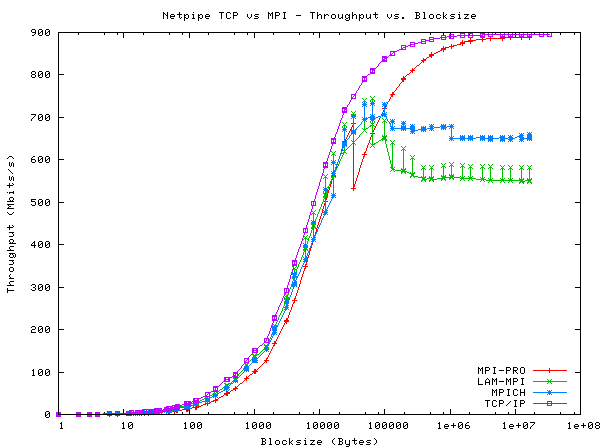Douglas Eadline has put some of the latest multicore processors through their paces in a new feature article on the ClusterMonkey site. Rather than using the fastest (and most expensive) processors available, Eadline went with the following 65-Watt desktop chips:
- Intel Core2 Quad-core Q6600 running at 2.4GHz (Kentsfield)
- AMD Phenom II X4 quad-core 910e running at 2.6GHz (Deneb)
- Intel Core i5 Quad-core i5-2400S running at 2.5 GHz (Sandybridge)
Generational advances (like memory architecture) travel through the whole product line from desktop to server. The high end server processor may work 20% faster than the lower end desktop processors, but the cost is usually much more (almost always more than 20%). Thus, by using lower cost desktop parts, a large percentage of the “high end” performance can be had at a low end price. The Limulus Project is designed to take advantage of this marketing trend. And, to be clear, the Limulus Project is not a replacement for a large server based cluster. The testing is designed to measure how well a single multi-core processor performs with multiple programs running on it. Using single core performance as a measure of multi-core performance is difficult if not impossible. Thus, looking at parallel performance and scalability is the real measure of a modern multi-core processor.
Figure One: Throughput for various MPI versions Figure One: Throughput for various MPI versions
Read the Full Story.




